Pan American World Airways, commonly known as Pan Am, was not just an airline; it was a symbol of American innovation, a pioneer of global travel, and an emblem of the Jet Age.

Established in 1927, Pan Am became a leader in the aviation industry, setting the standard for international air travel for over six decades. Its history is one of exploration, luxury, and eventual decline, reflecting the broader trends in the airline industry and global economics.
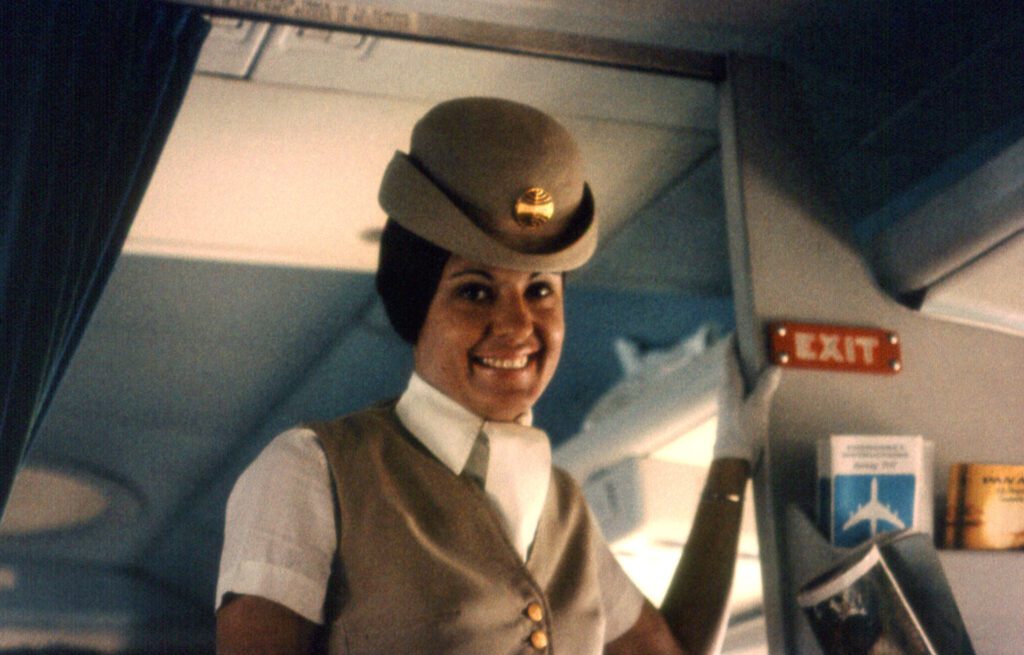
The Birth of a Giant
Pan Am was founded by Henry H. “Hap” Arnold, Carl A. Spaatz, and Juan T. Trippe on October 28, 1927. Initially, the airline was created to provide mail service between Key West, Florida, and Havana, Cuba. This humble beginning marked the start of what would become a global empire. The airline’s early operations were characterized by daring pilots and adventurous routes, often flying over uncharted territories.
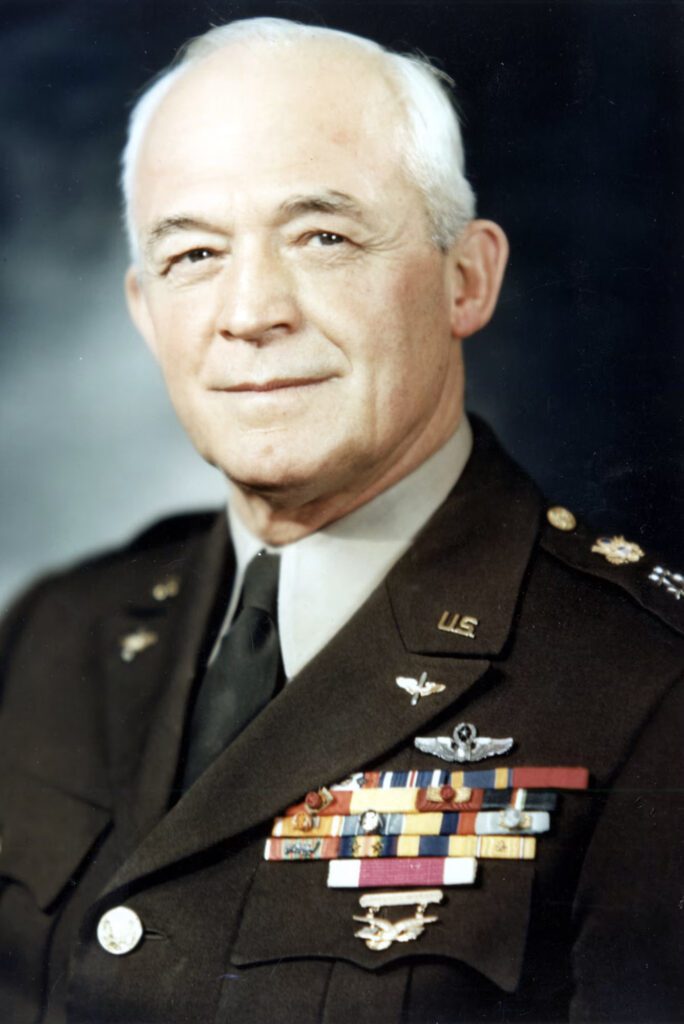
Juan Trippe, a visionary leader, quickly saw the potential for expanding Pan Am’s reach beyond the Caribbean. Under his guidance, Pan Am obtained numerous government contracts, allowing the airline to expand its routes across Latin America, and later, the world. Trippe’s ambition was to create a global airline that connected continents, and he succeeded in doing so.
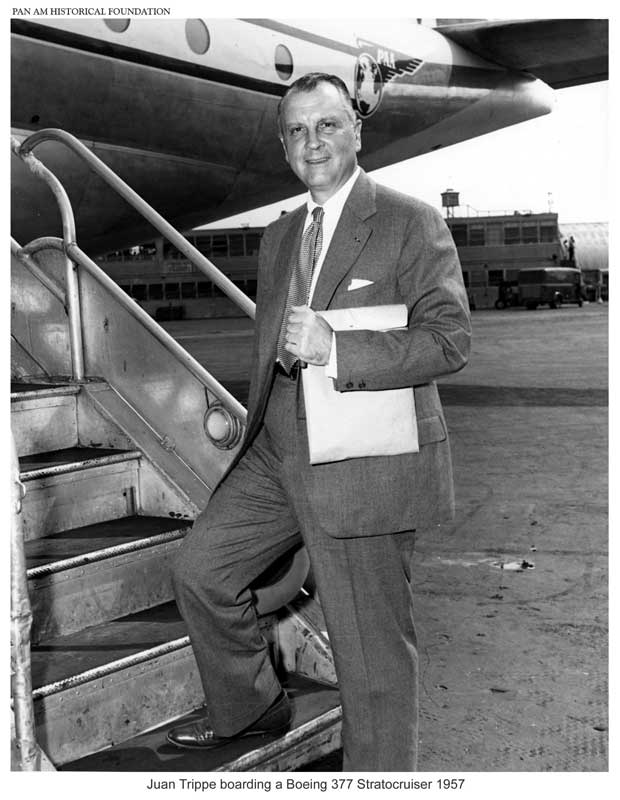
Expansion and Innovation
In the 1930s, Pan Am expanded its services to South America, Asia, and Europe, becoming the first American airline to cross the Pacific and Atlantic Oceans.

The airline was also a pioneer in introducing new technologies and aircraft. In 1935, Pan Am inaugurated the China Clipper service, flying the Martin M-130, one of the first flying boats capable of long-distance travel over water. This service connected San Francisco to Manila, with stops in Hawaii, Midway Atoll, Wake Island, and Guam.
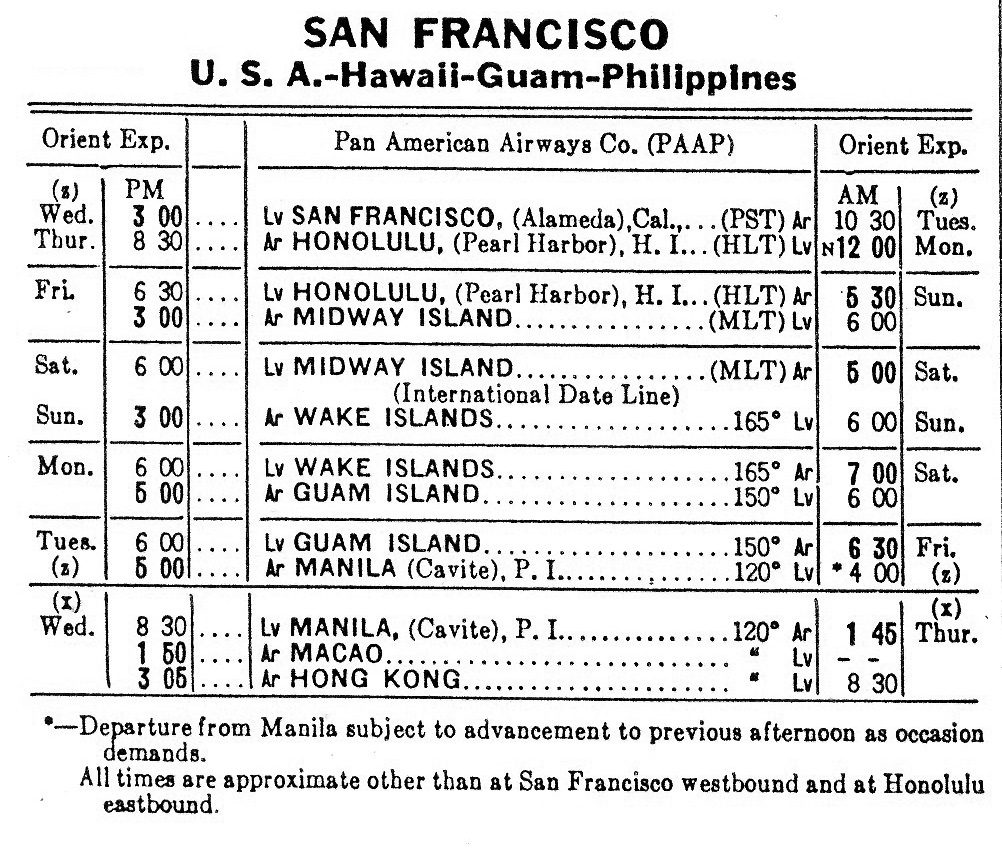
Pan Am’s fleet soon included the famous Boeing 314 Clipper, an enormous flying boat that became synonymous with luxury air travel. These aircraft were equipped with dining areas, lounges, and sleeping berths, offering passengers a level of comfort unheard of in aviation at the time.
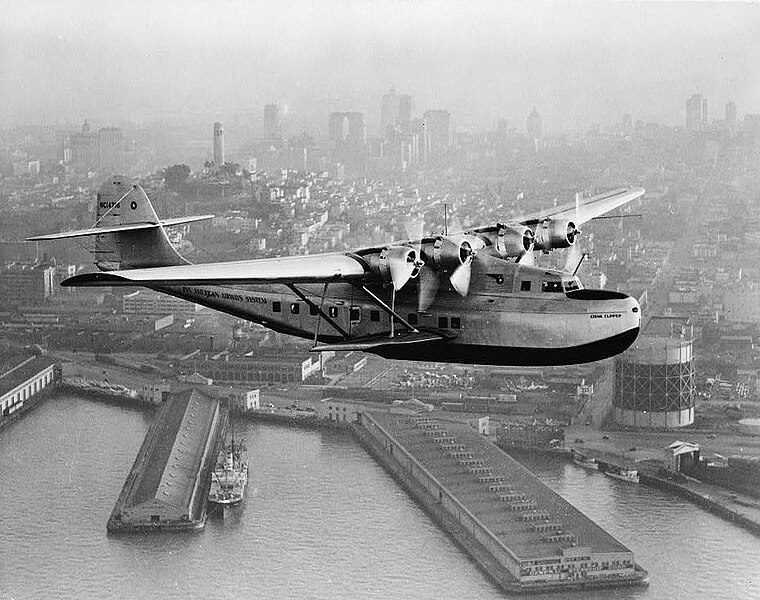
During World War II, Pan Am played a crucial role in supporting the U.S. military by ferrying troops, supplies, and equipment across the globe. The airline’s extensive network and expertise in long-haul flights made it an invaluable asset to the Allied war effort. After the war, Pan Am capitalized on its military contracts to expand its commercial services, further solidifying its dominance in international air travel.
The Jet Age and the Height of Pan Am’s Power
The introduction of jet aircraft in the 1950s marked the beginning of a new era in aviation, and Pan Am was at the forefront. In 1958, Pan Am became the first airline to operate the Boeing 707, the world’s first successful commercial jetliner. The 707 revolutionized air travel, reducing flight times and making long-distance travel more accessible to the public.
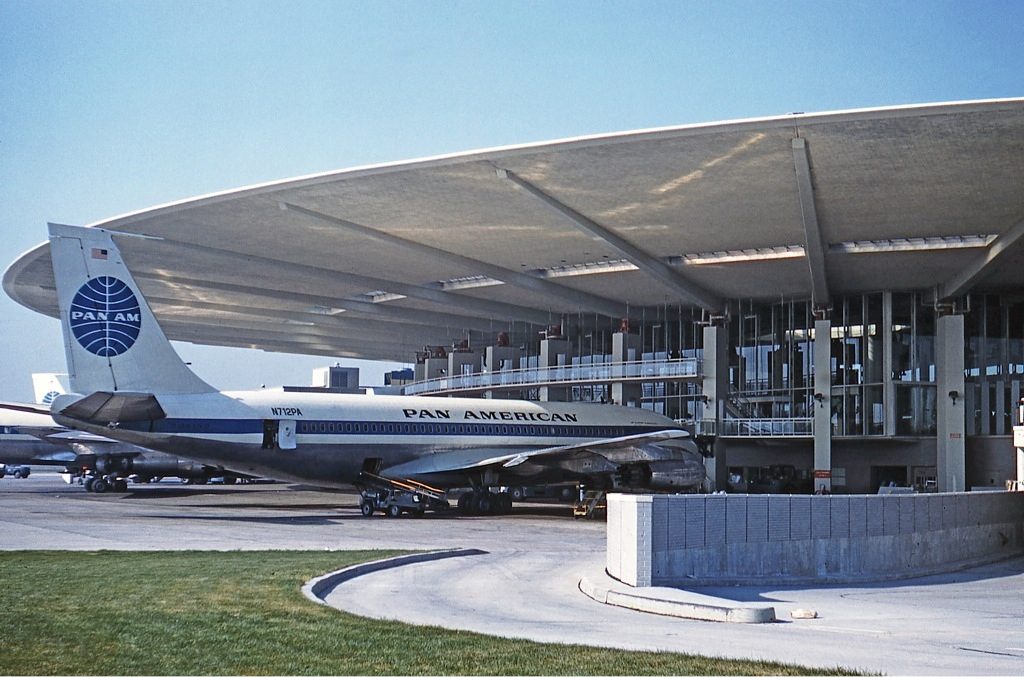
Pan Am’s global network continued to grow, with the airline offering flights to destinations on every continent except Antarctica. The airline’s iconic blue globe logo and the phrase “World’s Most Experienced Airline” became symbols of prestige and reliability. Pan Am was the first choice for international travelers, including celebrities, diplomats, and business leaders.
In 1970, Pan Am introduced the Boeing 747, the world’s first wide-body jet, which could carry over 400 passengers. The 747 became an enduring symbol of Pan Am’s global reach and luxury service. The airline’s famous flight attendants, dressed in stylish uniforms, were known for their elegance and professionalism, adding to the airline’s glamorous image.
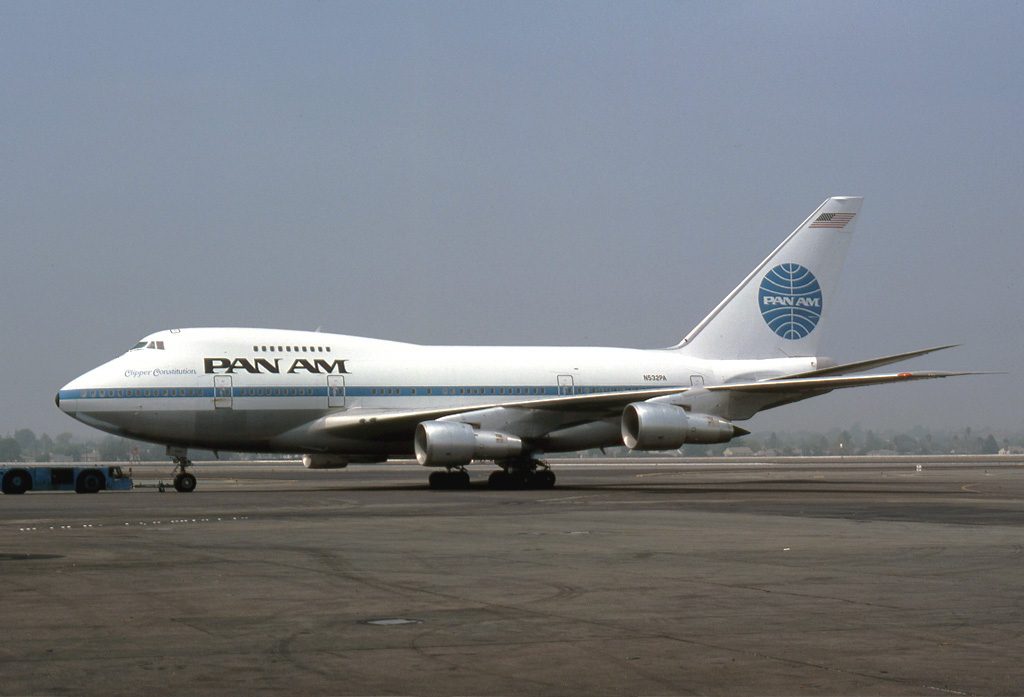
Decline and Fall
Despite its success, Pan Am faced growing challenges in the 1970s and 1980s. The airline industry underwent significant changes, including deregulation, increased competition, and rising fuel costs. Pan Am’s extensive international network became a liability as the company struggled to compete with more nimble and cost-efficient airlines.
The airline’s financial troubles were exacerbated by poor management decisions and an inability to adapt to the changing market. Pan Am’s acquisition of National Airlines in 1980, intended to strengthen its domestic routes, only added to its financial burden.
The final blow came with the tragic bombing of Pan Am Flight 103 over Lockerbie, Scotland, in 1988. This incident not only damaged the airline’s reputation but also led to a significant drop in passenger numbers.
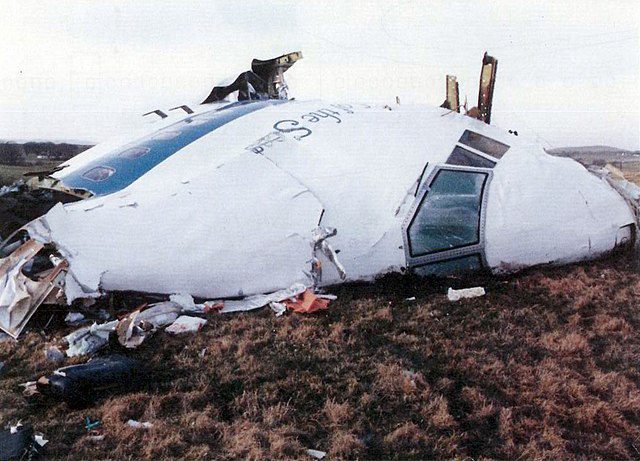
On December 4, 1991, Pan Am ceased operations, marking the end of an era. The airline’s assets were sold off, and its remaining routes were acquired by other carriers. Pan Am’s iconic brand lives on in popular culture, symbolizing a time when air travel was synonymous with luxury and adventure.

Legacy
Pan American World Airways left an indelible mark on the history of aviation. It was a pioneer in establishing global air routes, introducing new technologies, and setting the standard for international travel. Though it ultimately succumbed to the pressures of a changing industry, Pan Am remains a symbol of the golden age of aviation, remembered for its contributions to making the world more connected.












